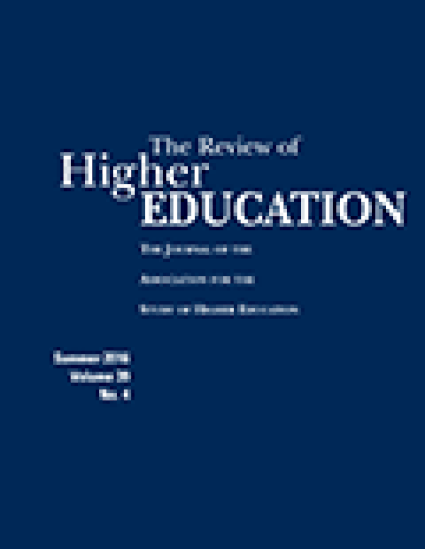
Article
A balancing act: Whose interests do bias response teams serve?
The Review of Higher Education
(2018)
Abstract
Using the organizational dimension of the multicontextual model for diverse learning environments, this study examined the philosophies and perspectives of bias response team leaders at 19 institutions. Through semi-structured interviews, administrators described theoretical approaches to bias response work that were primarily educational in nature and which aligned with institutional values. However, in the practice of responding to bias, administrators found themselves employing punitive frameworks, managing institutional public relations, and, on occasion, providing educational efforts. This tension between theory and practice created a balancing act for administrators to manage and multiple groups to which they perceived themselves as accountable.
Keywords
- bias response team,
- bias incident,
- hate crime,
- diversity,
- higher education,
- qualitative
Disciplines
Publication Date
Fall 2018
DOI
10.1353/rhe.2018.0031
Citation Information
Miller, R. A., Guida, T., Smith, S. L., Ferguson, S. K., & Medina, E. G. (2018). A balancing act: Whose interests do bias response teams serve? The Review of Higher Education, 42(1), 313-337. doi: 10.1353/rhe.2018.0031
